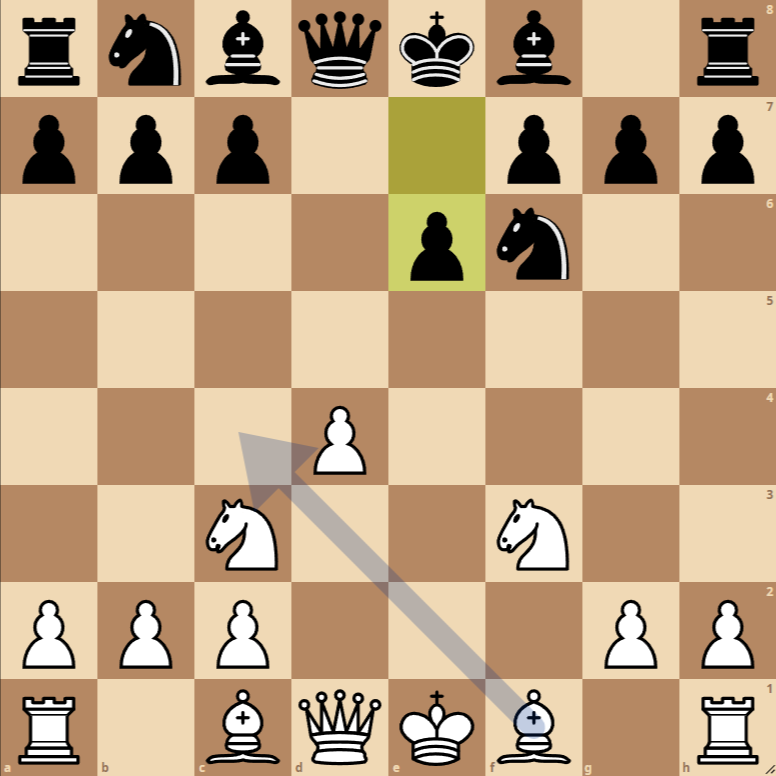How to Play the Blackmar-Diemer Gambit Accepted Euwe Defense
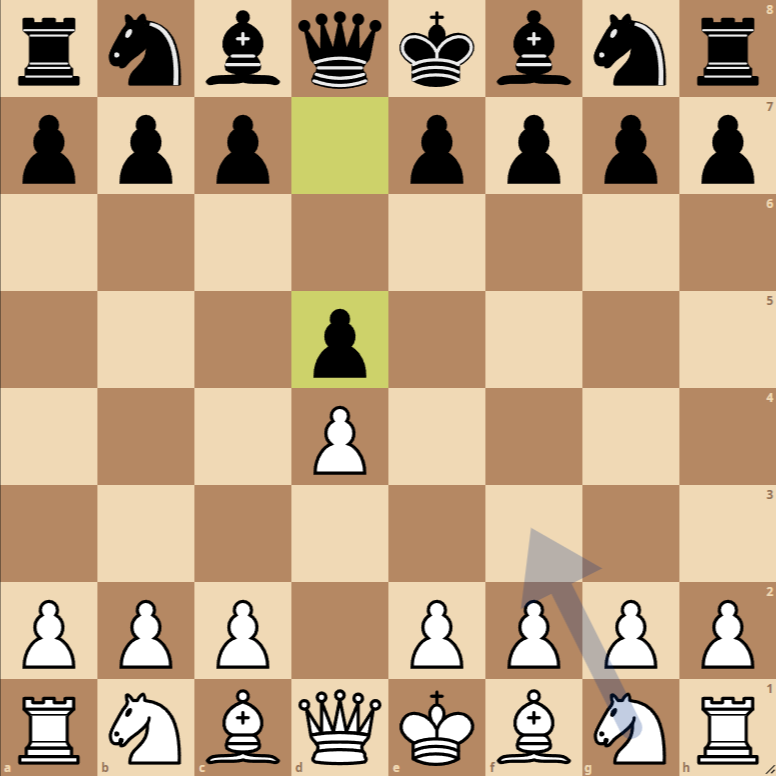
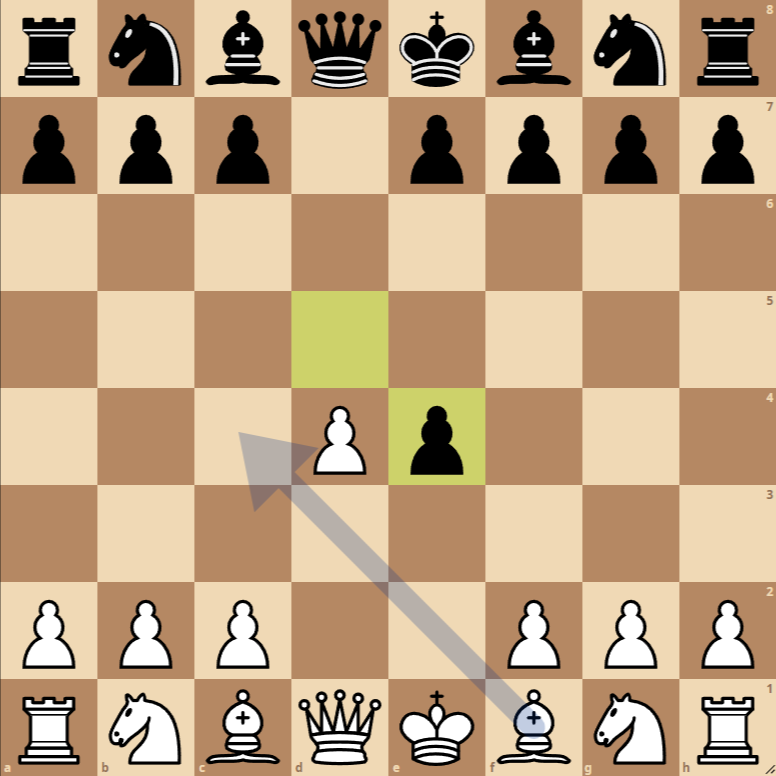
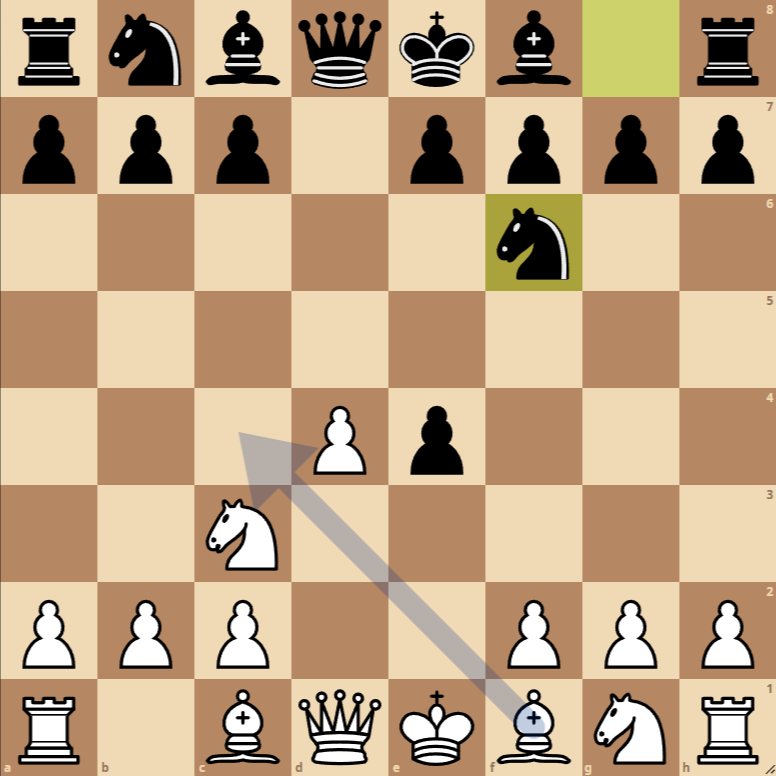
- 1. d4 d5: Both players aim to control the center of the board, starting with the king’s pawn and the queen’s pawn, respectively.
- 2. e4 dxe4: The white side offers a gambit to accelerate their development and open lines for their pieces, while the black side accepts the gambit by capturing the pawn on e4.
- 3. Nc3 Nf6: White develops their knight toward the center, threatening to recapture the pawn, while black develops their knight in defense of the advanced pawn.
- 4. f3 exf3: White seeks to break the defense of the black pawn on e4, preparing to recapture, to which black responds by sacrificing the pawn to maintain tension.
- 5. Nxf3 e6: White recovers the pawn with the knight, increasing their control in the center, while black strengthens their central structure and prepares the bishop’s development.
Variations of the Blackmar-Diemer Gambit Accepted Euwe Defense
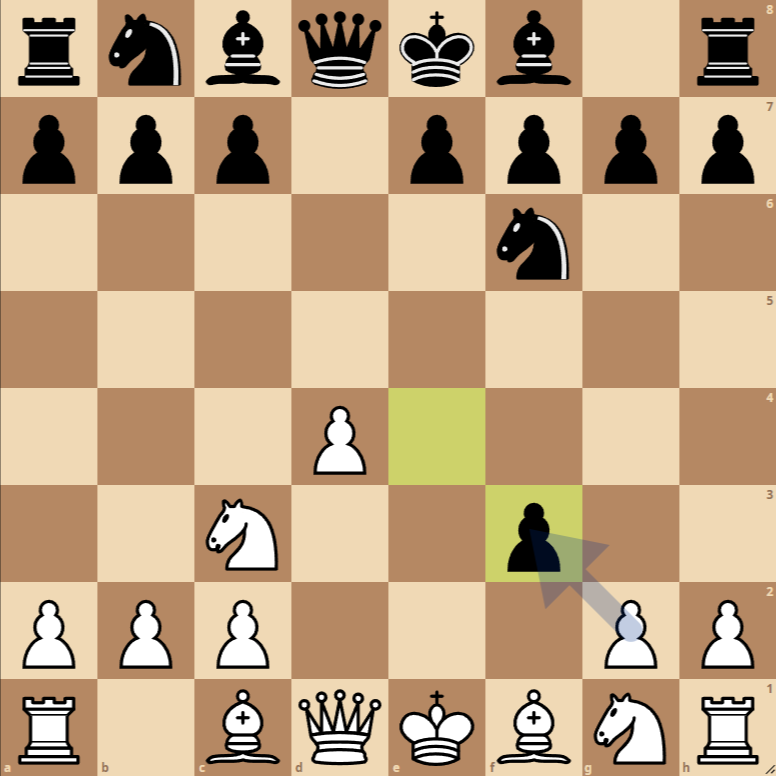
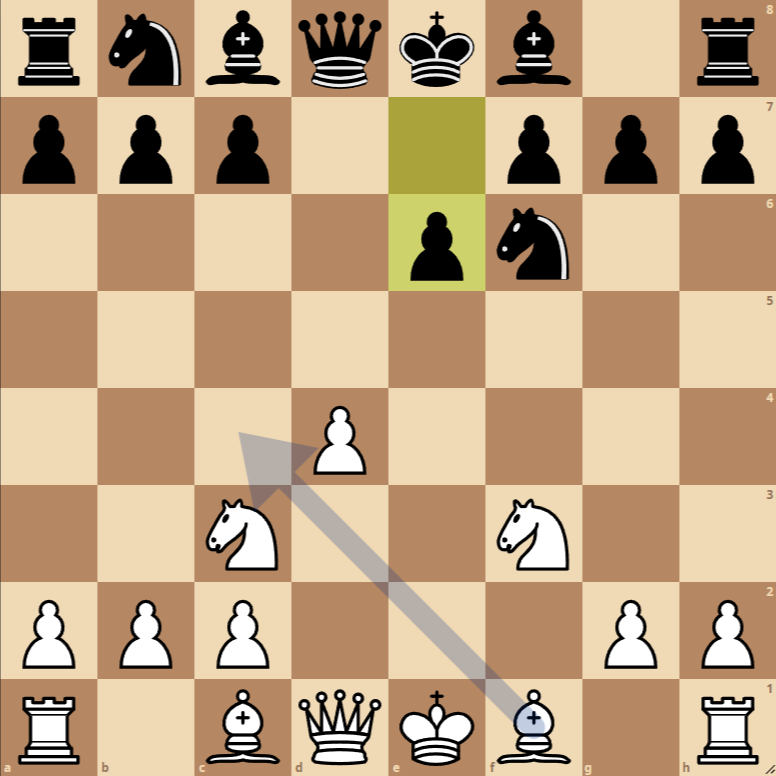
1. d4 d5 2. e4 dxe4 3. Nc3 Nf6 4. f3 exf3 5. Nxf3 e6
This main line shows the black side’s acceptance of the gambit, followed by solid and defensive play, where black aims to reinforce their pawn structure in the center while allowing smooth piece development. It is a defense that seeks to balance the aggressiveness of the white side by offering solid and well-defended positions.
The Blackmar-Diemer Gambit
The presented opening corresponds to the Blackmar-Diemer Gambit, a bold choice by white that aims to sacrifice a pawn early with the goal of gaining a rapid initiative and development. The Euwe Defense, employed by the black side, accepts the sacrifice but seeks to counterbalance the center and development of white while maintaining equilibrium. Let’s examine the position after 1. d4 d5 2. e4 dxe4 3. Nc3 Nf6 4. f3 exf3 5. Nxf3 e6, and explore the strategies and tactics for both sides.
Strategies and Tactics
For White:
- Rapid Development and Center Control: White aims for accelerated piece development to seize the initiative. The sacrifice of the e4 pawn is an investment to open lines and energize their pieces, especially the knights and the bishop.
- Pressure on the Black King’s Side: With the opening of the e-file and the potential bishop’s diagonal on c4 or d3, white can exert pressure on the black king if it chooses to castle kingside. The move Bd3 prepares the ground for long-range diagonals towards the black king’s side, while Bc4 directly targets the f7 square, a weak point in the black position before castling.
- Attack on the Black King: If black delays castling, white can consider maneuvers like Ng5, which pressures the knight on f6 and sets the stage for a possible attack on the black king. This move also opens up the possibility of sacrificing the queen or conducting a minor piece attack if black does not defend adequately.
For Black:
- Preserve Extra Material and Consolidate: Having accepted the gambit, black has an extra pawn. Proper defense and consolidation of their position can allow them to enter the middle game with a material advantage.
- Counterplay in the Center and Flanks: It is crucial for black not to stay passive. Seeking counterplay through moves like …c5 or …Bc6 can help challenge the white center and activate their own pieces.
- King’s Safety: A priority for black will be the safety of their king. Deciding between short or long castling, or even keeping the king in the center but well-protected, will be essential depending on the direction of the white attack.
Next Best Moves
For white, moves like Bd3, Ng5, and Bc4 are all aimed at maximizing pressure and potential for an attack against the black king. Each of these moves has its own tactical and strategic merits, depending on how black decides to respond.
Black, on the other hand, must be vigilant in neutralizing white’s initiative while finding opportunities to counterattack, especially by capitalizing on any missteps in the white side’s development and piece coordination.
In summary, the Blackmar-Diemer Gambit, followed by the Euwe Defense, leads to a dynamic and tactical game from the outset. The choice between Bd3, Ng5, or Bc4 by white can define the character of the game in the following phases, while black must be astute and resilient in their defense and seek the right moment to counterattack.

